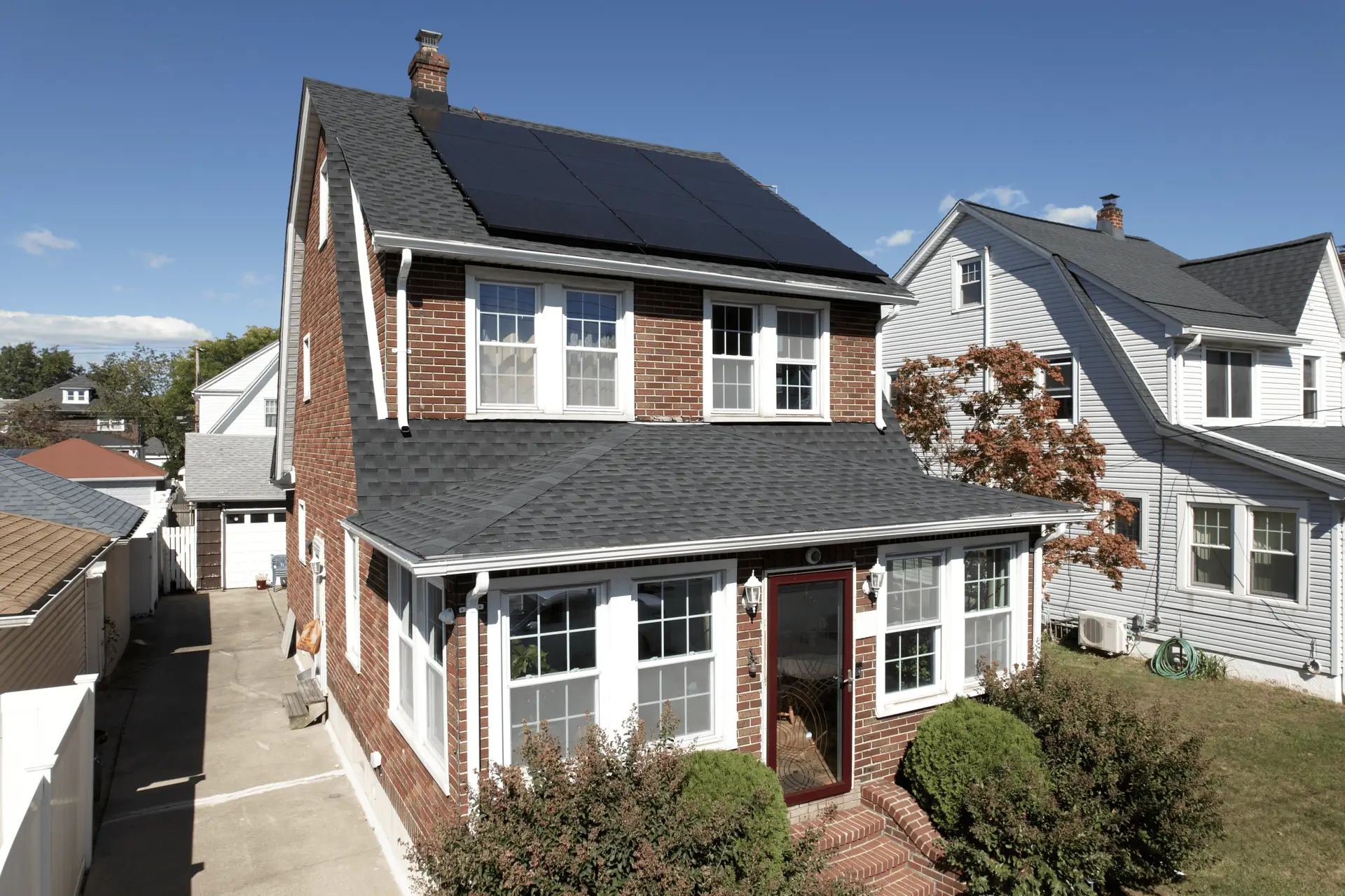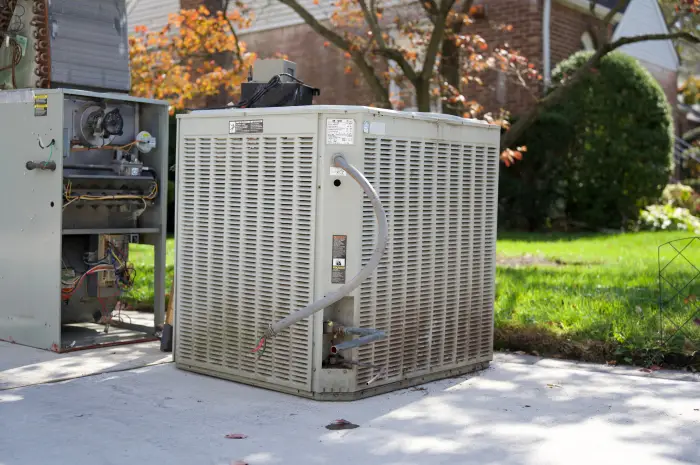Going solar is a smart investment, but unless you’re paying in full upfront, you’ll likely need to finance your system. That’s where a solar loan comes in. Much like an auto loan or home mortgage, a solar loan allows you to spread out the cost of your solar installation over time while still enjoying immediate benefits like energy savings and tax incentives.
But not all solar loans are created equal. Choosing the right financing option can mean the difference between long-term savings and unexpected costs. In this guide, we’ll walk you through how solar loans work and what to look for when picking the best one for your home.
What Is a Solar Loan?
A solar loan is a type of financing specifically designed to help homeowners pay for solar panel installation. These loans can come from banks, credit unions, solar installers, or specialty green energy lenders. The biggest perk? You own the solar system from day one, which means you’re eligible for the federal solar tax credit and other local incentives.
There are two primary types of solar loans:
- Secured Solar Loans: These are backed by collateral (often your home). They typically offer lower interest rates but may require a lien on your property.
- Unsecured Solar Loans: These don’t require collateral and are based on your creditworthiness. They’re easier to access but may come with slightly higher interest rates.
Factors to Consider When Choosing a Solar Loan
1. Loan Term Length
Most solar loans range from 5 to 25 years. A shorter loan term means higher monthly payments but less interest paid over time. A longer term may give you lower monthly payments, but you’ll likely pay more in total interest.
Tip: Compare the monthly loan payment to your estimated monthly energy savings to determine your net benefit.
2. Interest Rate
Interest rates can vary significantly depending on the lender, loan type, and your credit score. Even a small difference in the rate can add up over time.
Look for: Fixed interest rates (which stay the same over the life of the loan) to avoid surprises.
3. Fees and Prepayment Penalties
Some solar loans come with origination fees, late payment penalties, or prepayment penalties if you decide to pay off the loan early.
Ask your lender: Are there any hidden fees? Is there a penalty for early repayment?
4. Tax Credit Impact
Many solar loans are structured so that your monthly payments are lower if you apply your federal solar tax credit (currently 30%) toward the loan. If you don’t qualify for the credit or choose not to apply it toward the loan, your payments may increase after the first year.
Make sure you understand how your loan handles the tax credit and whether you’re responsible for a balloon payment later.
5. Lender Reputation and Support
Work with a trusted lender who understands solar financing. Whether it’s a local credit union or a solar-specialty lender, read reviews and ask your solar installer for recommendations.
Benefits of Financing with a Solar Loan
- You own the system and get all incentives
- No large upfront cost, making solar more accessible
- Increased home value with an owned solar system
- Immediate savings on utility bills
Final Thoughts: Make the Right Solar Loan Choice
The right solar loan can make your switch to solar both affordable and stress-free. Take the time to compare loan terms, interest rates, and fees, and ask questions before signing anything. A well-structured solar loan can pay for itself with the energy savings it creates.
If you’re ready to explore your solar financing options, Attyx can help. From system design to installation and loan guidance, our team makes the transition to clean energy simple and transparent.
Contact Attyx today to learn more about solar loans and get a free estimate customized to your home and energy needs.





